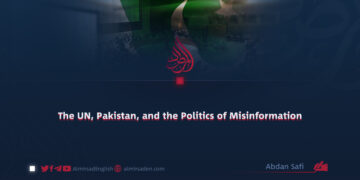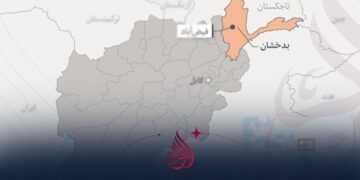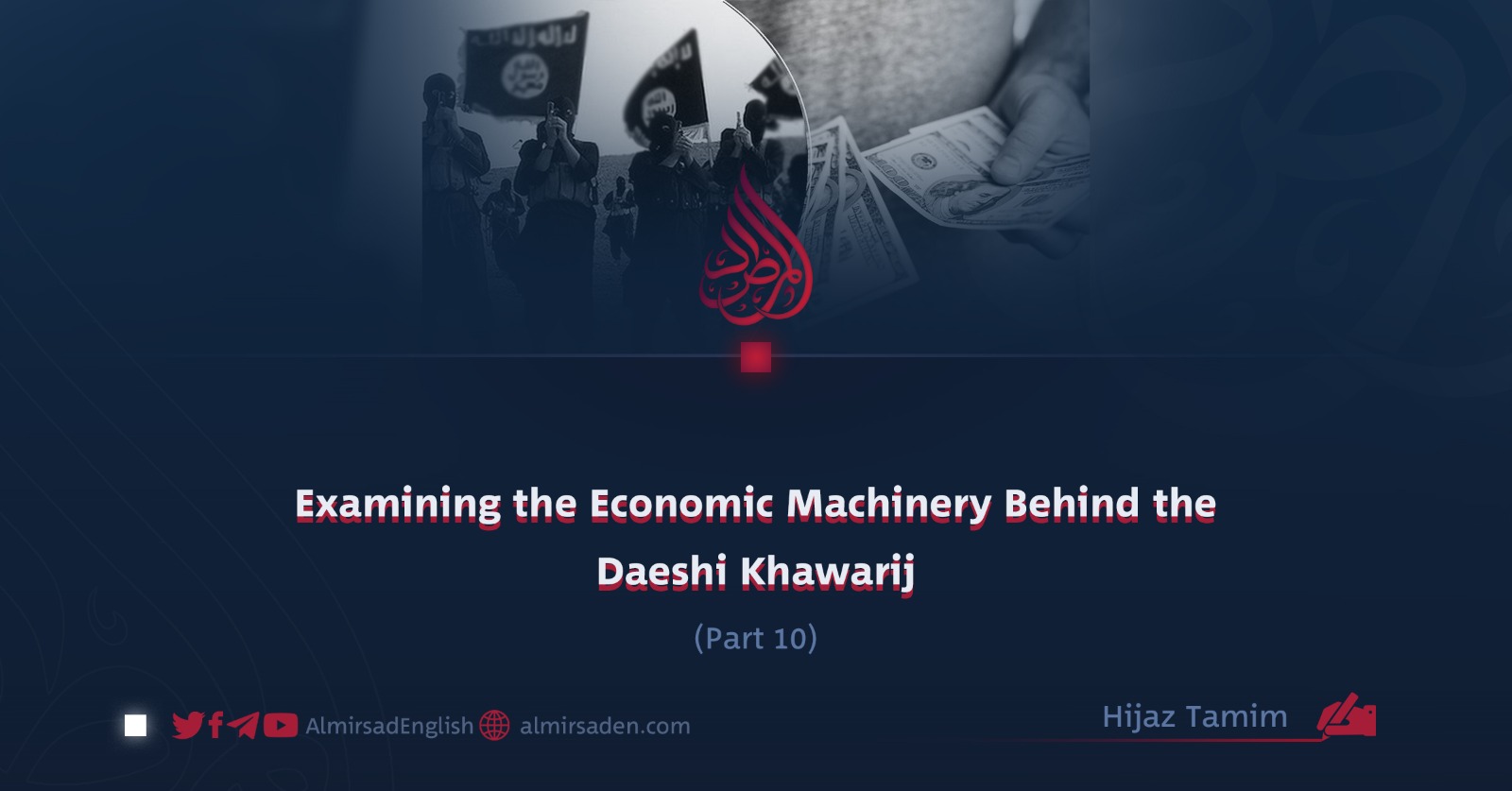Part 10
Hijaz Tamim
ISIS has developed advanced methods to exploit vulnerabilities in global financial systems, particularly within banking networks. By producing forged documents and falsified financial certificates, the group establishes fictitious companies to bypass identification procedures and open accounts in international banks. Many of these operations evade detection because financial institutions often fail to recognize high-quality forgeries. Through such channels, ISIS transfers illicit funds into international markets to finance both operational activities and propaganda.
In addition to document forgery, ISIS heavily engages in various illicit trades, including oil smuggling, human trafficking, antiquities trafficking, and the sale of contraband materials. The revenue from these activities, typically received in cash, is laundered through a combination of cyber-based methods, formal banking sectors, and informal hawala networks. This multi-faceted strategy has generated millions of dollars, demonstrating ISIS’s capacity to integrate criminal proceeds into legitimate financial systems.
Overall, ISIS’s approach to financial acquisition is both complex and adaptive, combining technological exploitation with the manipulation of informal financial networks. This creates a significant challenge for global security agencies and financial watchdogs. Effective countermeasures require close cooperation among international institutions, stronger banking safeguards, and the development of innovative monitoring tools aligned with the rapid evolution of cyber technologies.
Case Studies
1. Cyber Heists in Turkey’s Banking System (2017)
In 2017, Turkish intelligence uncovered an ISIS-operated network that infiltrated accounts at small and medium-sized banks using phishing attacks, spoofed websites, and Trojan malware. The group targeted institutions with weak cybersecurity, bypassing passwords and even two-factor authentication. These operations generated tens of millions of Turkish lira, equivalent to several million U.S. dollars. Initially dismissed as ordinary fraud, the incidents were later confirmed as an ISIS-led operation, revealing the lack of integration between counterterrorism and cybersecurity agencies.
2. Virtual Bank Accounts in Europe (2019–2020)
An investigation by Europol and the German Federal Police revealed that ISIS operatives had opened virtual bank accounts in Germany, the Netherlands, and Belgium under the guise of charities, Islamic centers, or small businesses. These accounts were created using forged identities and corporate documents, allowing the operatives to bypass traditional in-person verification, webcam checks, and biometric authentication due to banks’ simplified online onboarding processes.
Initially funded with small donations and remittances, these accounts gradually amassed significant sums. Europol estimated that ISIS generated between €4 million and €6 million through this network, with funds being transferred to Syria, Iraq, and Africa. This case demonstrated that even technologically advanced European banks remain vulnerable to document forgery, charity cover operations, and covert financial networks.
3. Forged Transfers in Middle Eastern Banks (2018)
In 2018, several cases in Jordan, Lebanon, and Iraq exposed attempts by ISIS to transfer millions of dollars through forged remittance letters and counterfeit bank guarantee certificates. Skilled financial forgers produced documents under the names of companies that had either been dissolved or had never existed.
These high-quality forgeries, intended for remittances, loans, or international transfers, went undetected by bank employees. While attempts in Lebanon and Jordan were unsuccessful, one operation in Iraq succeeded in transferring approximately $1.5 million to an account belonging to a fictitious company. This case illustrated how ISIS combines cyber tools with traditional forgery to circumvent financial oversight.
Systemic Weaknesses
Two recurring failures enable ISIS’s financial resilience:
1. Insufficient real-time information sharing among banks and governments, which prevents timely detection of suspicious accounts and transactions.
2. Poor coordination between cybercrime and financial crime enforcement agencies, resulting in exploitable legal and investigative gaps.
Unless these vulnerabilities are addressed, ISIS will continue to exploit weaknesses in global finance, blurring the boundaries between terrorism and organized crime.



















































